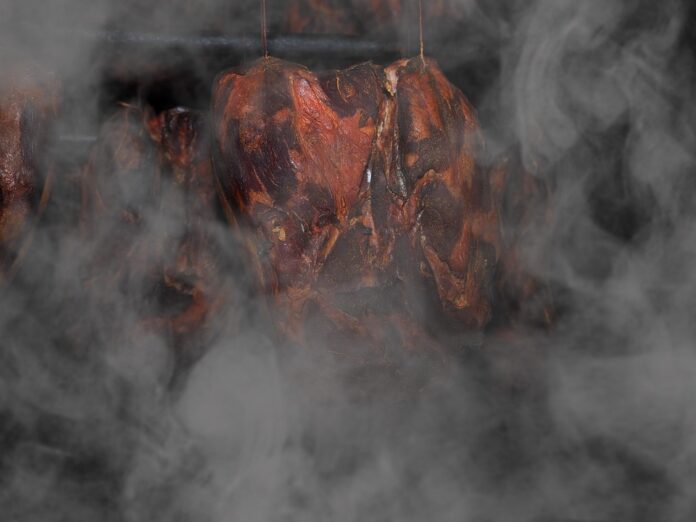Global Demand for Smoked Meats in Retail and Foodservice
Overview
The global demand for smoked meats in retail and foodservice industries has been steadily increasing in recent years. Smoked meats have gained popularity due to their unique flavor profile, extended shelf life, and versatility in various dishes. This report will analyze the current market trends, key players, and growth opportunities in the smoked meats industry.
Market Trends
The demand for smoked meats is driven by changing consumer preferences, a growing interest in artisanal and premium food products, and the increasing popularity of barbecue and smoked food trends. According to market research firm Grand View Research, the global smoked meat market size was valued at $27.3 billion in 2020 and is projected to reach $37.3 billion by 2027, growing at a CAGR of 4.2% during the forecast period.
Key Players
Several major companies dominate the smoked meats market globally. Some of the key players include Hormel Foods Corporation, Tyson Foods Inc., WH Group Limited, and Smithfield Foods Inc. These companies offer a wide range of smoked meat products, including smoked sausages, bacon, ham, and deli meats, catering to both retail and foodservice sectors.
Industry Insights
The retail sector accounts for a significant portion of the demand for smoked meats, with consumers purchasing smoked meat products from supermarkets, hypermarkets, and specialty stores. In the foodservice sector, smoked meats are widely used in restaurants, cafes, and catering services to enhance the flavor of various dishes. The increasing popularity of smoked meats in fast-food chains and casual dining restaurants is driving the demand for these products.
Regional Analysis
North America holds the largest market share in the global smoked meat industry, attributed to the strong presence of key players and a high demand for smoked meat products in the region. Europe is also a significant market for smoked meats, driven by the growing trend of charcuterie boards and artisanal meat products. Asia-Pacific is expected to witness substantial growth in the smoked meat market due to changing dietary habits and increasing disposable income in the region.
Growth Opportunities
There are several growth opportunities in the smoked meats industry, including product innovation, expansion into new markets, and strategic partnerships. Companies can focus on developing new flavors and varieties of smoked meats to cater to evolving consumer preferences. Expanding distribution channels and entering emerging markets can help companies tap into new customer segments and drive sales growth. Collaborating with restaurants and foodservice providers to create customized smoked meat products can also open up new revenue streams for manufacturers.
Conclusion
In conclusion, the global demand for smoked meats in retail and foodservice industries is on the rise, driven by changing consumer preferences, market trends, and the popularity of smoked food products. Major players in the industry are capitalizing on this growing demand by offering a diverse range of smoked meat products and exploring new growth opportunities. With the market expected to continue expanding in the coming years, companies in the smoked meats industry have ample opportunities to innovate, expand, and thrive in a competitive market landscape.



